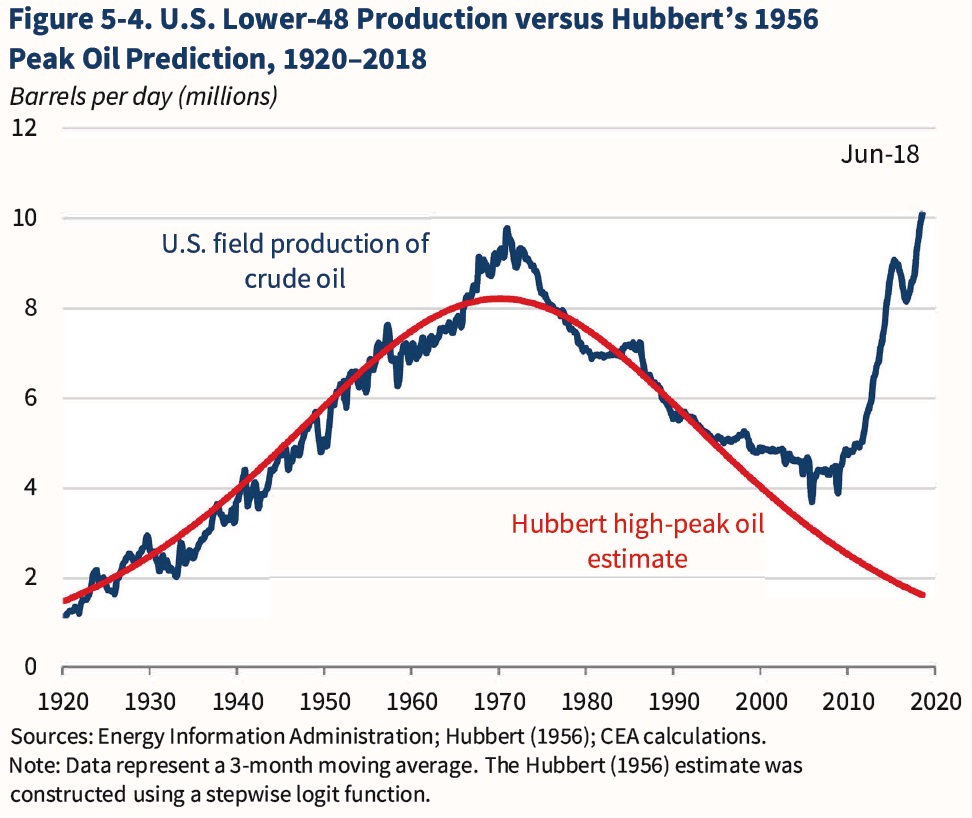Showing posts with label Energy & Climate Change. Show all posts
Monday, May 20, 2019
Energy and the Military: Leading by Example
From YaleGlobal Online:
“As the world demands more energy, nations face the often-competing pressures to increase energy access and affordability, protect the environment, and assure energy security. The military, long focused on energy issues related to mission delivery, has often been at the forefront of technological innovation and deployment. The quiet innovations in the defense sector could help solve energy challenges nations confront today.
In energy policy circles, the conventional concept of energy security relates to economic prosperity and social harmony. In a globalized energy market, energy policies are designed to reduce the economic impacts of supply and price shocks through efficiency, diversified supplies, and fuel choice. In military energy decision-making, however, “security” focuses on achieving strategic objectives, and enables nearly everything the military does. In the defense domain, energy has the potential to be both an enabler of hard power but also a weapon of war via denial and willful coercion.
Energy has played a role in every facet of war. Many of the lessons learned during the world wars of the 20th century are still being appreciated and relearned in today’s conflicts. One of the most famous examples of energy influencing military strategy comes from 1911, when Winston Churchill, then First Lord of the Admiralty, converted the British fleet from Welsh coal to foreign oil. The gain in speed and decrease in logistical burden gave the British Royal Navy a critical advantage over the Axis powers. The policy brought further advantage as oil’s less smoky combustion allowed the Royal Navy to avoid coal’s telltale plumes that revealed a fleet’s position.
As militaries shifted toward oil during the early 20th century as the main energy source, a scramble to secure oil supplies influenced events leading to and throughout WWII. Some of the greatest strategic decisions in World War II had their roots in a desire to access energy resources. The German military’s perceived need for oil created a two-front war, and its failure to take and hold Soviet oilfields spelled disaster at Stalingrad. The Japanese surprised the American naval fleet on December 7, 1941, an attempt to secure oil-shipping lanes and secure other natural resources, such as rubber, from Southeast Asia. Energy’s link to World War II conflict had as much to do with denial of resources to the enemy as securing one’s own oil supply chains. The stalling of General Patton’s Third Army following its campaign across France in summer 1944 is a telling example of fuel acting as “tether” to military operations.
The skill and technologies of logistics forces in providing fuel has grown significantly since World War II. Energy security has been a challenge in Afghanistan, NATO’s largest operation. In late 2012, more than 100,000 troops consumed more than 6.8 million liters of fuel per day, 99 percent delivered by truck, from Pakistan and later through a complex Central Asia route. The enduring criticality of energy logistics was highlighted when retired General James N. Mattis entreated the US Department of Defense to “unleash us from the tether of fuel.” The 2010 test deployment of portable solar-powered generation systems at US Marine forward operating bases in Afghanistan reduced the bases’ diesel generator usage by more than 90 percent.”
Continue reading here.
From YaleGlobal Online:
“As the world demands more energy, nations face the often-competing pressures to increase energy access and affordability, protect the environment, and assure energy security. The military, long focused on energy issues related to mission delivery, has often been at the forefront of technological innovation and deployment. The quiet innovations in the defense sector could help solve energy challenges nations confront today.
In energy policy circles,
Posted by at 9:39 AM
Labels: Energy & Climate Change
Friday, May 3, 2019
Global Fossil Fuel Subsidies Remain Large: An Update Based on Country-Level Estimates
From a new IMF working paper by David Coady, Ian Parry, Nghia-Piotr Le and Baoping Shang:
“This paper updates estimates of fossil fuel subsidies, defined as fuel consumption times the gap between existing and efficient prices (i.e., prices warranted by supply costs, environmental costs, and revenue considerations), for 191 countries. Globally, subsidies remained large at $4.7 trillion (6.3 percent of global GDP) in 2015 and are projected at $5.2 trillion (6.5 percent of GDP) in 2017. The largest subsidizers in 2015 were China ($1.4 trillion), United States ($649 billion), Russia ($551 billion), European Union ($289 billion), and India ($209 billion). About three quarters of global subsidies are due to domestic factors—energy pricing reform thus remains largely in countries’ own national interest—while coal and petroleum together account for 85 percent of global subsidies. Efficient fossil fuel pricing in 2015 would have lowered global carbon emissions by 28 percent and fossil fuel air pollution deaths by 46 percent, and increased government revenue by 3.8 percent of GDP.”
From a new IMF working paper by David Coady, Ian Parry, Nghia-Piotr Le and Baoping Shang:
“This paper updates estimates of fossil fuel subsidies, defined as fuel consumption times the gap between existing and efficient prices (i.e., prices warranted by supply costs, environmental costs, and revenue considerations), for 191 countries. Globally, subsidies remained large at $4.7 trillion (6.3 percent of global GDP) in 2015 and are projected at $5.2 trillion (6.5 percent of GDP) in 2017.
Posted by at 1:23 PM
Labels: Energy & Climate Change
Wednesday, March 27, 2019
Climate Change and the Federal Reserve
From Glenn D. Rudebusch at the Federal Reserve Bank of San Francisco:
“Climate change describes the current trend toward higher average global temperatures and accompanying environmental shifts such as rising sea levels and more severe storms, floods, droughts, and heat waves. In coming decades, climate change—and efforts to limit that change and adapt to it—will have increasingly important effects on the U.S. economy. These effects and their associated risks are relevant considerations for the Federal Reserve in fulfilling its mandate for macroeconomic and financial stability.
To help foster macroeconomic and financial stability, it is essential for Federal Reserve policymakers to understand how the economy operates and evolves over time. In this century, three key forces are transforming the economy: a demographic shift toward an older population, rapid advances in technology, and climate change. Climate change has direct effects on the economy resulting from various environmental shifts, including hotter temperatures, rising sea levels, and more frequent and extreme storms, floods, and droughts. It also has indirect effects resulting from attempts to adapt to these new conditions and from efforts to limit or mitigate climate change through a transition to a low-carbon economy. This Economic Letter describes how the consequences of climate change are relevant for the Fed’s monetary and financial policy.
Climate change and the transition to a low-carbon economy
Surface temperatures were first regularly recorded around the world in the late 1800s. Since then, the global average temperature has risen almost 2°F (Figure 1) with further increases projected (IPCC 2018). Based on extensive scientific theory and evidence, a consensus view among scientists is that global warming is the result of carbon emissions from burning coal, oil, and other fossil fuels. Indeed, as early as 1896, the Swedish chemist Svante Arrhenius showed that carbon emissions from human activities could cause global warming through a greenhouse effect. The underlying science is straightforward: Certain gases in the atmosphere, such as carbon dioxide and methane, capture the sun’s heat that is reflected off the Earth’s surface, thus blocking that heat from escaping into space. These greenhouse gases act like a blanket around the earth holding in heat. As more fossil fuels are burned, the blanket gets thicker, and global average temperatures increase. Other empirical measurements have confirmed many related adverse environmental changes such as rising sea levels and ocean acidity, shrinking glaciers and ice sheets, disappearing species, and more extreme storms (USGCRP 2018).
Continue reading here.
From Glenn D. Rudebusch at the Federal Reserve Bank of San Francisco:
“Climate change describes the current trend toward higher average global temperatures and accompanying environmental shifts such as rising sea levels and more severe storms, floods, droughts, and heat waves. In coming decades, climate change—and efforts to limit that change and adapt to it—will have increasingly important effects on the U.S. economy. These effects and their associated risks are relevant considerations for the Federal Reserve in fulfilling its mandate for macroeconomic and financial stability.
Posted by at 8:12 AM
Labels: Energy & Climate Change
Monday, March 25, 2019
Share of global cumulative CO₂ emissions
From Our World in Data:
Posted by at 9:19 AM
Labels: Energy & Climate Change
Friday, March 22, 2019
The Remarkable Renaissance in US Fossil Fuel Production
From Conversable Economist:
“M. King Hubbert was a big-name geologist who worked much of his career for Shell oil. Back in the 1970s, when OPEC taught the US that the price of oil was set in global markets, discussions of US energy production often began with the “Hubbert curve,” based on a 1956 paper in which Hubbert predicted with considerable accuracy that US oil production would peak around 1970. The 2019 Economic Report of the President devotes a chapter to energy policy, and offers a reminder what happened with Hubbert’s curve.
The red line shows Hubbert’s predicted oil production curve from 1956. The blue line shows actual US oil production in the lower 48 states. At the time of Hubbert’s death in 1989, his forecast looked spot-on. Even by around 2010, his forecast looked pretty good. But for those of us who had built up a habit since the 1970s of looking at US oil production relative to Hubbert’s prediction, the last decade has been a dramatic shock.
Continue reading here.
From Conversable Economist:
“M. King Hubbert was a big-name geologist who worked much of his career for Shell oil. Back in the 1970s, when OPEC taught the US that the price of oil was set in global markets, discussions of US energy production often began with the “Hubbert curve,” based on a 1956 paper in which Hubbert predicted with considerable accuracy that US oil production would peak around 1970. The 2019 Economic Report of the President devotes a chapter to energy policy,
Posted by at 9:29 AM
Labels: Energy & Climate Change
Subscribe to: Posts


